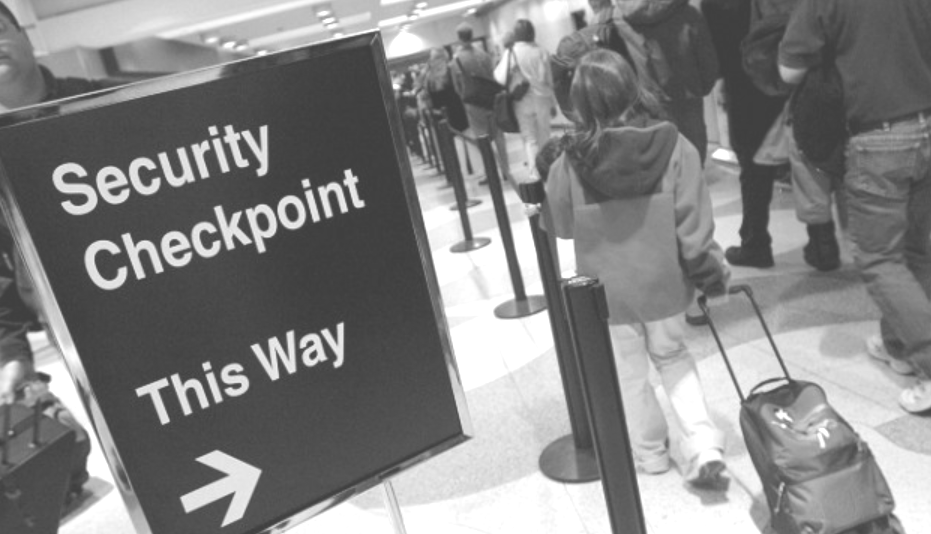Depending on your point of view, busier airports are either a blessing or a curse. For the Airports Council International, which just released its ACI World Airport Traffic Report, busy airports are a sign of economic vitality and consumer vigor.
Travelers, on the other hand, who must navigate the mega-facilities, with their choked security checkpoints and marathon runs between connecting flights, may feel otherwise. Either way, it’s good to know.
From the bigger-is-better perspective, 2015 was a good year for the 2,300 airports in 160 countries covered by the latest ACI report.
Persistence and resilience are two themes that best describe air transport demand in 2015. The large increase in passenger traffic of 6.4% represents the strongest growth rate since 2010 (6.6%), the year in which it rebounded from the Great Recession.
The strongest growth was registered by Middle East airports, up 9.6 percent over 2014, and Asia-Pacific airports, up 8.6 percent. North America airports registered a 5.3 percent traffic increase, while airport traffic in Africa barely budged, up just 0.6 percent.
Of the world’s 10 busiest airport, four were in the U.S. and three in Asia:
- Atlanta – 101,491,106 passengers
- Beijing – 89,938,628 passengers
- Dubai – 78,014,841 passengers
- Chicago – 76,949,504 passengers
- Tokyo (Haneda) – 75,573,106 passengers
- London – 74,989,795 passengers
- Los Angeles – 74,937,004 passengers
- Hong Kong – 68,283,407 passengers
- Paris – 65,766,986 passengers
- Dallas/Ft. Worth – 65,512,163 passengers
There’s no inherent reason why bigger airports should be either better or worse for travelers. Larger spaces, bigger crowds, more flights… those are challenges to be sure. But in theory, smart design can offset the negatives, if not turn them into positives.
In practice, however, the largest U.S. airports are among the least popular among flyers, and an increase in passengers is only likely to make matters worse.
Reader Reality Check
Are you a fan of big airports?
After 20 years working in the travel industry, and almost that long writing about it, Tim Winship knows a thing or two about travel. Follow him on Twitter @twinship.
This article first appeared on SmarterTravel.com, where Tim is Editor-at-Large.


Leave a Reply